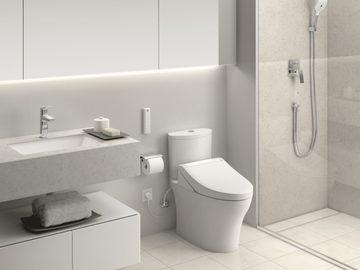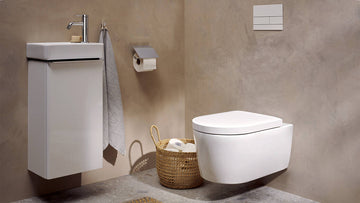As urban environments expand, the complexities of water management grow correspondingly. A pivotal solution to these challenges is the deployment of a smart city water leak monitor. These advanced systems are essential for tackling infrastructure issues and conserving vital water resources, becoming integral to modern urban landscapes.
A smart city water leak monitor is not just a visionary innovation; it represents an actionable solution revolutionizing water management in our cities. By swiftly identifying leaks and notifying municipal authorities, these systems significantly reduce water waste and avert expensive repairs.

The Critical Need for Water Conservation in Cities
Water conservation is increasingly important, particularly in urban areas where demand often outstrips supply. Cities must address inefficiencies head-on. An unnoticed leak can result in substantial water loss, soaring repair costs, and potentially compromise infrastructure integrity. Utilizing cloud-based leak detection solutions guarantees efficient water usage while safeguarding our systems.
Understanding Smart Leak Detection Mechanisms
These intelligent leak detection solutions function by constantly observing water flow across the urban infrastructure. Sensors installed within supply lines can recognize anomalies that indicate leaks. By harnessing IoT technology and advanced analytical methods, these systems deliver real-time data and actionable insights.
The Role of IoT in Real-Time Monitoring
The application of IoT technology in a smart city water leak monitor facilitates real-time data gathering and analysis. This capability allows for rapid responses to irregularities, significantly cutting down response times and mitigating further damage. As a result, cities can manage their water systems more efficiently and reduce operational costs.
Utilizing Advanced Data Analytics
Smart monitors leverage sophisticated data analytics to anticipate issues before they occur. Utilizing predictive analysisan essential aspect of these systemsenables prediction of future failures based on historical data. With battery-powered sensors and AI-driven water management, urban areas can forecast and address potential leaks, making water management more preventive than reactive.
Incorporating Smart Leak Monitors into Existing Infrastructure
To fully harness the advantages of these monitoring systems, integrating them into current urban infrastructure is vital. This task requires coordination between technology developers, city planners, and utility professionals. Proper training and resource distribution are essential to ensure the effective operation and upkeep of these systems.
Confronting Integration Challenges
The integration process can encounter various obstacles, primarily concerning funding, compatibility of technologies, and the adaptation of older systems. However, strategies such as phased implementation and pilot programs have proven successful in several cities, demonstrating the scalability of these advanced systems.
Benefits Beyond Just Detection
While the central aim is leak detection, these systems bring numerous additional advantages. Beyond improving disaster readiness, they promote civic engagement through transparency in water management. Often, these systems include features to keep the public informed, encouraging a proactive community approach.
Indeed, increasing public awareness about the functionalities and advantages of smart city water leak monitor systems can significantly enhance community participation, a crucial factor for the triumph of any urban infrastructure initiative.
Case Studies and Practical Implementations
Several cities globally have successfully integrated these leak monitoring systems. For example, Bluebot's innovative solutions showcase their efficacy. Such cases provide a model for replicating success in additional urban settings.
The worldwide acknowledgment of these systems highlights their significancenot only do they protect water resources, but they also emphasize the role of smart technology in offering sustainable solutions to urban challenges.
Looking Ahead: Advancing Smart Technology
The future trajectory will focus on enhancing the capabilities of these monitors and broadening their integration into urban networks. Collaboration between technology innovators and city officials will be pivotal in fostering progress. The ongoing evolution of these technologies will bolster urban resilience, ensuring sustainable water management in cities for years ahead.
Promoting Smart City Innovations
As urban centers evolve, advancing all facets of smart city infrastructure, especially water management, will be vital. Embracing technological innovations and championing solutions that align with sustainability objectives will be essential.
For more information, consider reviewing resources about the benefits of leak detection systems to gain deeper insights into their potential advantages.

FAQ Section
What are the primary advantages of employing a smart city water leak monitor?
A smart city water leak monitor aids in reducing water waste, ensuring prompt repairs, and lowering the financial burden associated with damages caused by unnoticed leaks.
How do these systems identify potential water leaks?
These systems utilize cutting-edge data analytics and IoT technologies to track real-time water flow, detect unusual patterns, and predict possible issues based on historical data.
Are these monitors compatible with existing infrastructure?
Certainly! Most smart city water leak monitors can be seamlessly integrated into current infrastructure. However, this may involve adjustments and collaboration with tech vendors and city planners to ensure cohesiveness.






